Like a custom-tailored suit: This residence in Hasbergen was tailored to the needs of its residents both inside and out. For the façade, walls, and entryway, the Engelshove architecture and engineering office relied on a natural product – bricks.

Facts & Figures
Project name: Single Family House, Hasbergen, Germany
Architecture Engelshove Ingenieurbüro | Architektur | Bauunternehmen, Neuenkirchen
Client Private
Year of completion 2020
Products used Façade: Terca Eco-brick® , individual object sorting (Archipolis Onyx Zwart and Cadet Zwart), Wall: Wienerberger Poroton Plan-T18, Pavers: Penter Ares in black nuances
Building type Single Family House
Edition architectum #37

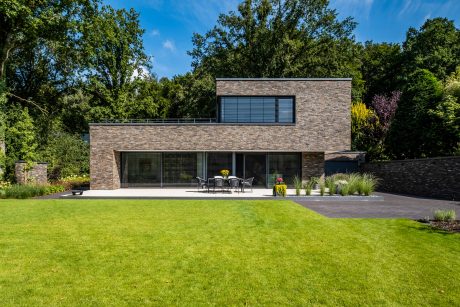
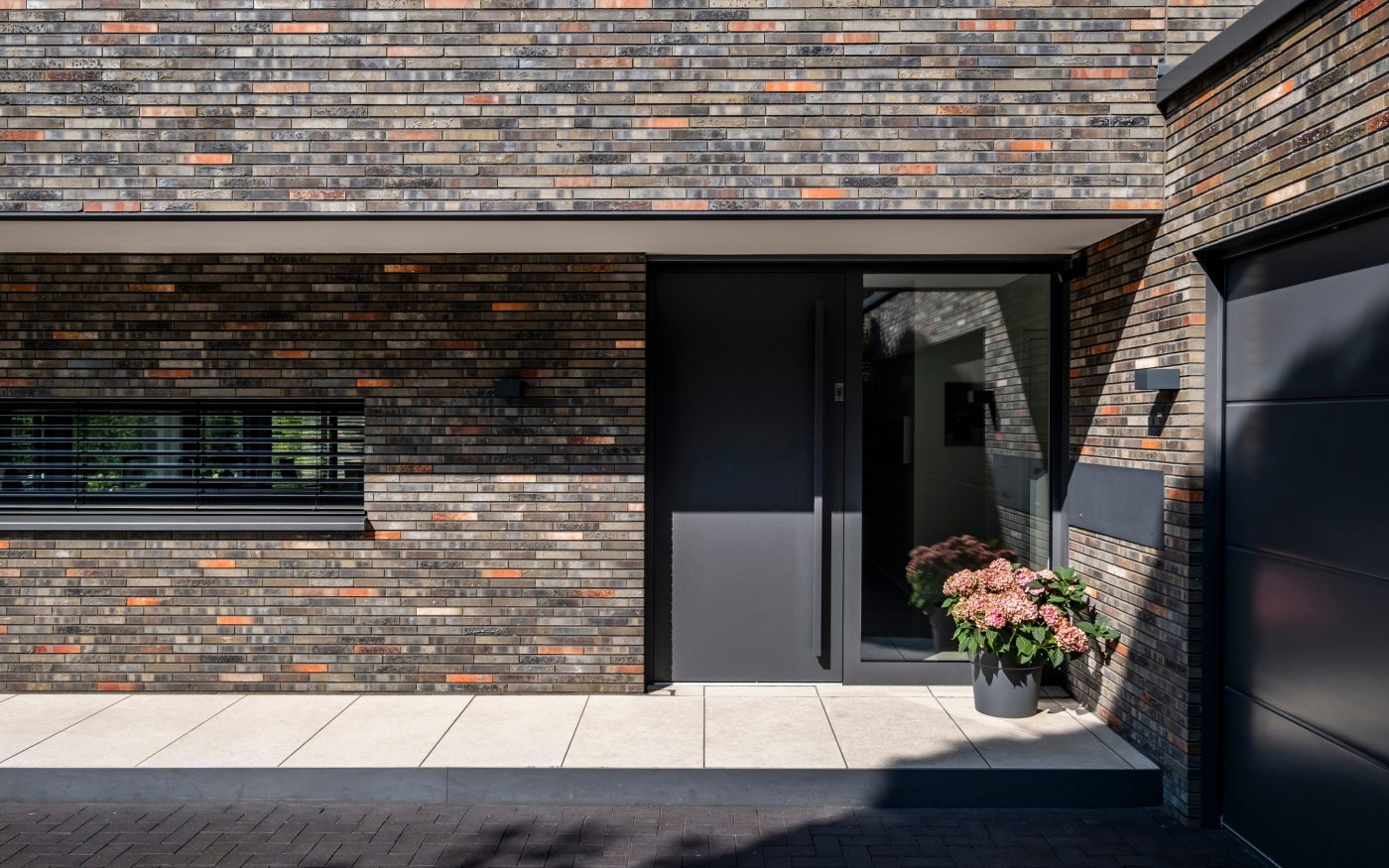
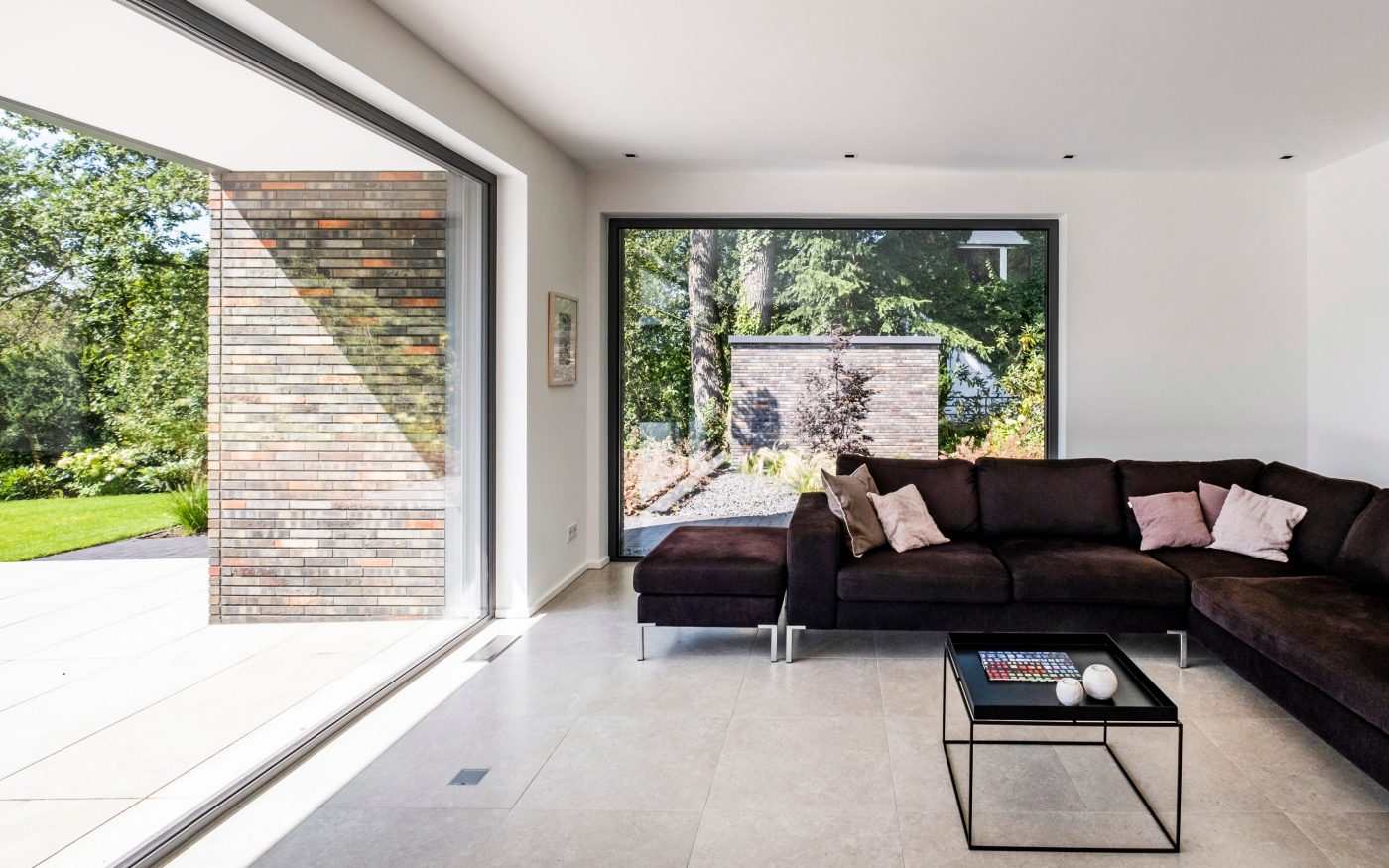
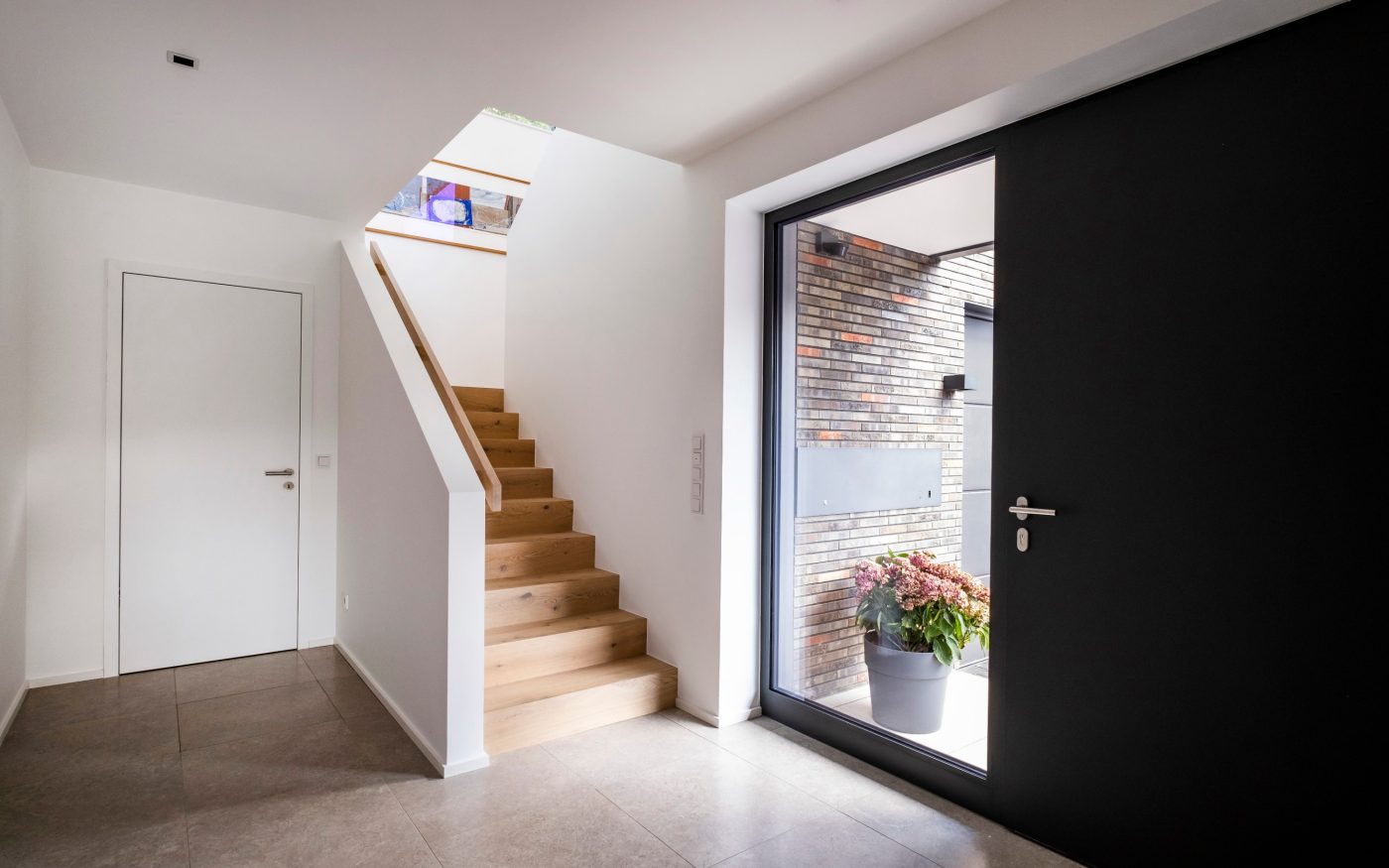
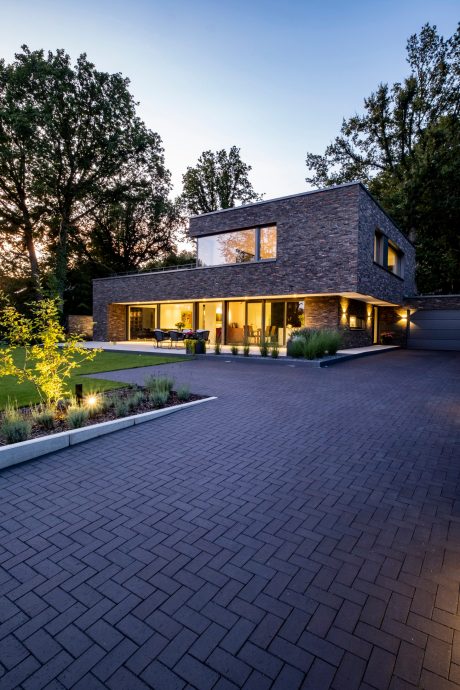
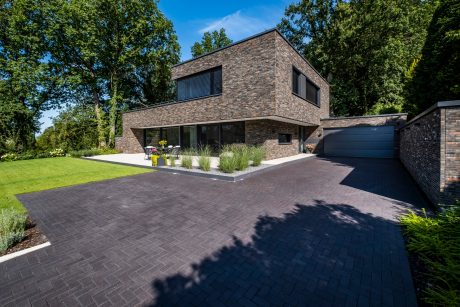

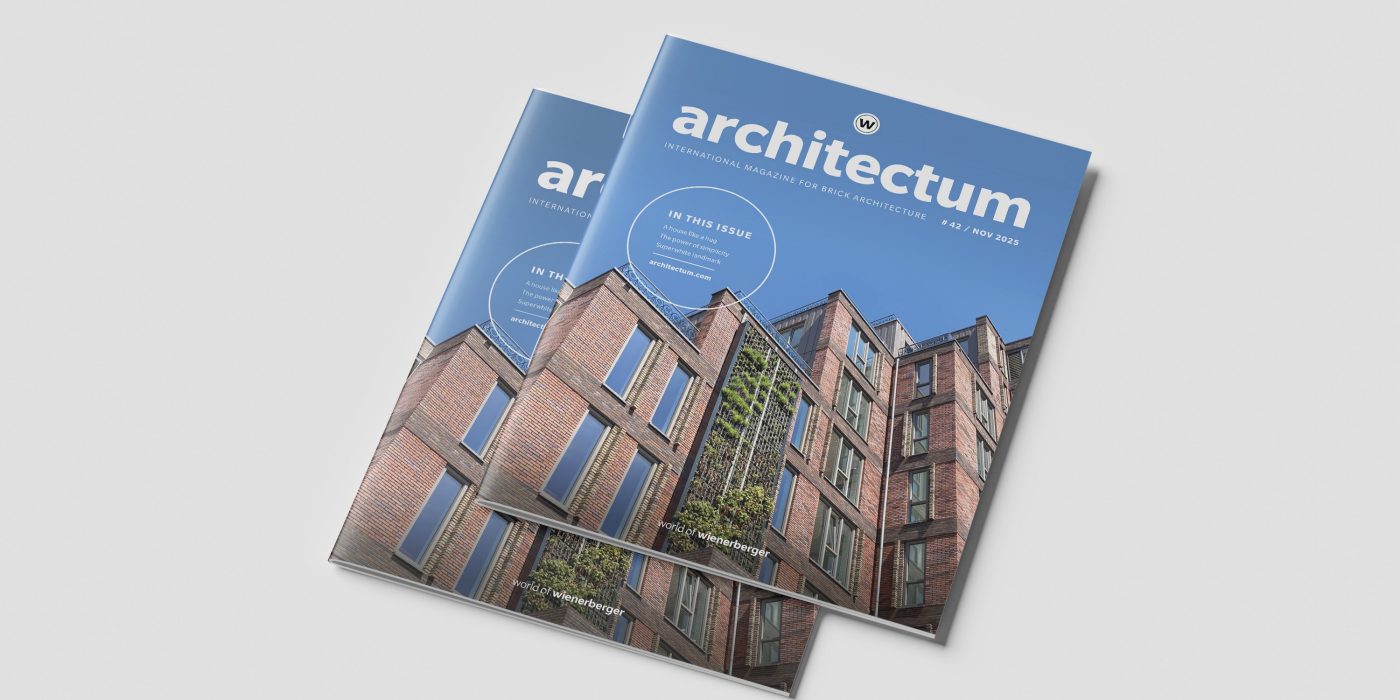

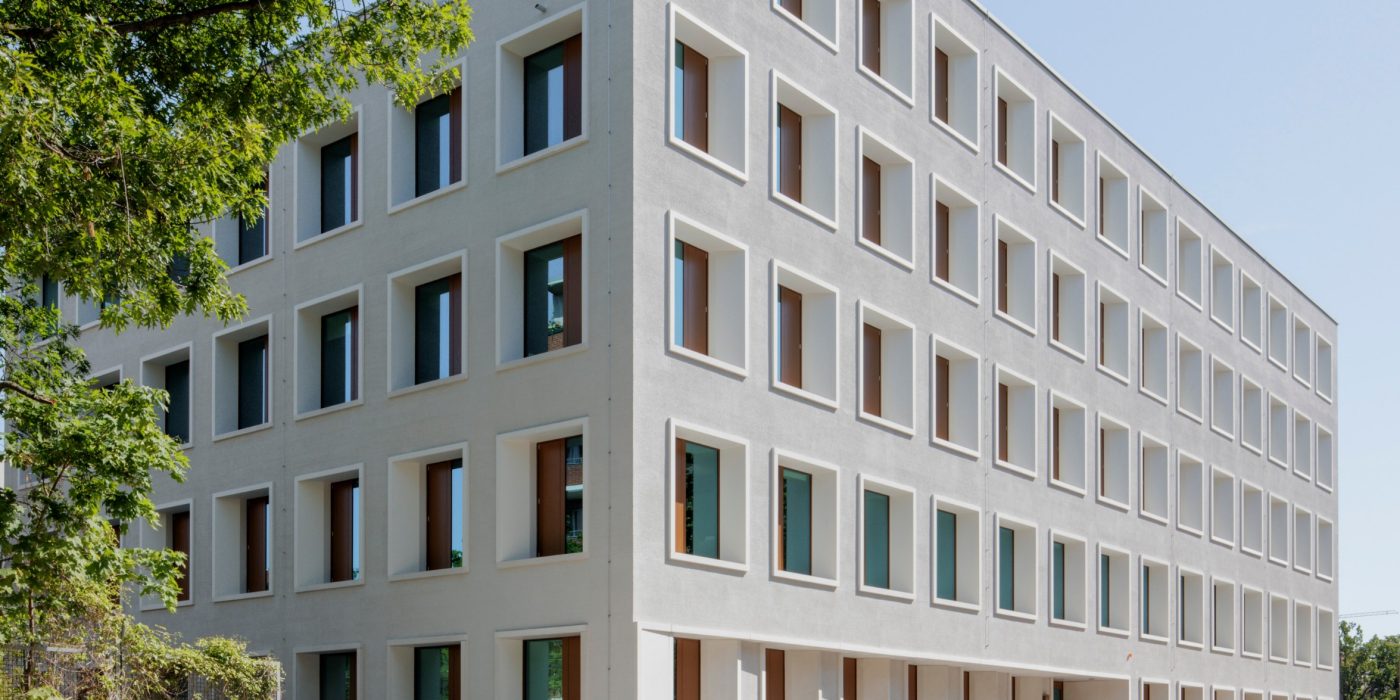

.jpg)
.jpg)